Virginia Jointvetch Facts
- Most notably, the seemingly quite delicate Virginia Jointvetch has a reputation as a somewhat picky plant. This refers to its extraordinarily specific, as well as rather surprising habitat requirements.
- This also remains an extremely rare and beautiful species of flowering plant. Sadly, however, like a great many species in the world today, it now faces concerns over its continued existence.
- Further, habitat loss constitutes a major contributor to the ongoing decline in numbers of the Aeschynomene Virginica. This occurs due to its needs for such a specific combination of conditions.
- Finally, the US government currently lists the plant as Threatened. It has held that unfortunate national status since 1992. Surprisingly, however, the IUCN does not currently list a status for the species.
Related Articles
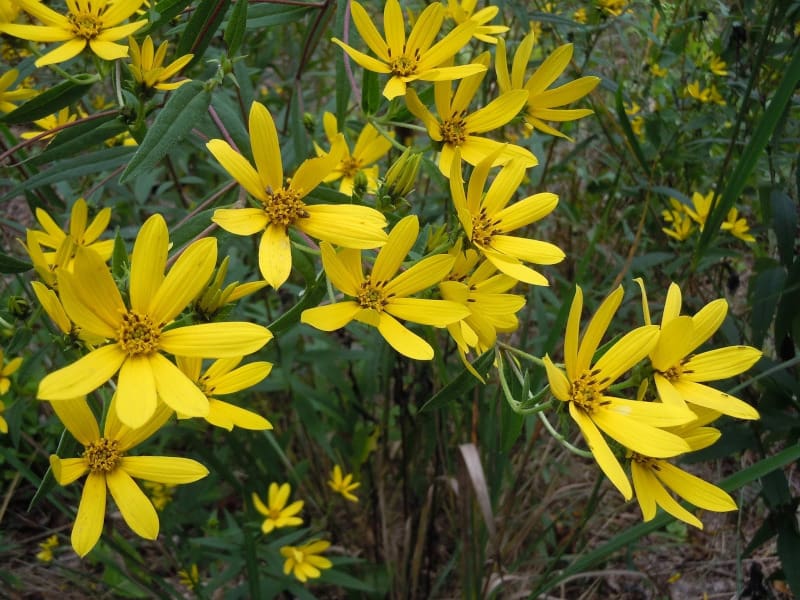
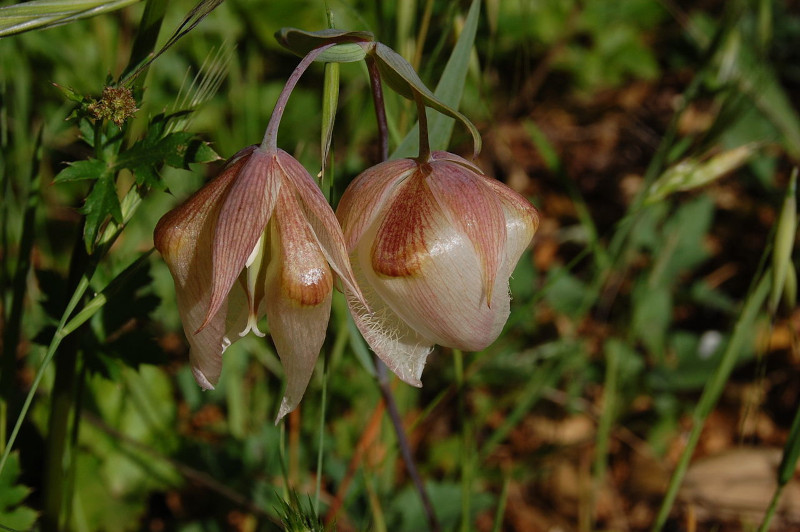
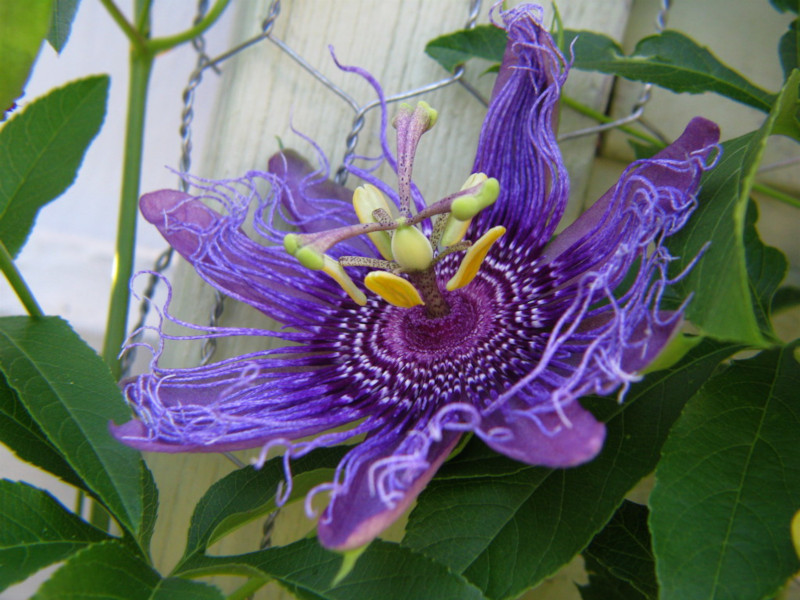
Virginia Jointvetch Physical Description
Firstly, the lovely and rare Virginia Jointvetch represents a somewhat surprising herbaceous species. In addition, some individual specimens actually attain a height of as much as 6.5 ft (2 m).
The dark green leaves also lie in alternating patterns and are composed of numerous small leaflets. Further, these special leaves remain extremely sensitive to touch. In fact, these will actually close upon contact.
The Virginia Jointvetch also evolved as an annual plant. Additionally, it typically blooms from early to late summer to early fall. The flower of the plant also reaches about 0.4 in (1 cm) in length.
This same lovely bloom most commonly shows a bright yellow color. The center of this feature also boasts small, bright red veins. Finally, the distinctive fruit develops as a relatively small pod.
- Kingdom: Plantae
- Phylum: Angiosperms
- Class: Eudicots
- Order: Fabales
- Family: Fabaceae
- Genus: Aeschynomene
- Species: A. virginica
Virginia Jointvetch Distribution, Habitat, and Ecology
First of all, the truly lovely Virginia Jointvetch thrives in an extremely limited range. That’s because it appears to be native to only to a highly restricted portion of the East Coast of the United States.
But even there, researchers know of only 20 small, isolated populations of the plant. In addition, most of those also remain quite small in number and widely scattered. This, therefore, makes it highly vulnerable.
Yet more specifically, the few known concentrations of the plant exist in isolated portions of the states of only 4 states. These consist of New Jersey, Maryland, Virginia, and North Carolina.
The Virginia Jointvetch has, surprisingly, evolved to survive only in one ultra-specific habitat. This range is freshwater tidal marshes that both possess low salinity and experience tidal activity.
Finally, due to its highly specific environmental requirements, this plant understandably remains extremely vulnerable. In addition to habitat loos, it also faces the dire threat of climate change.
Species Sharing Its Range
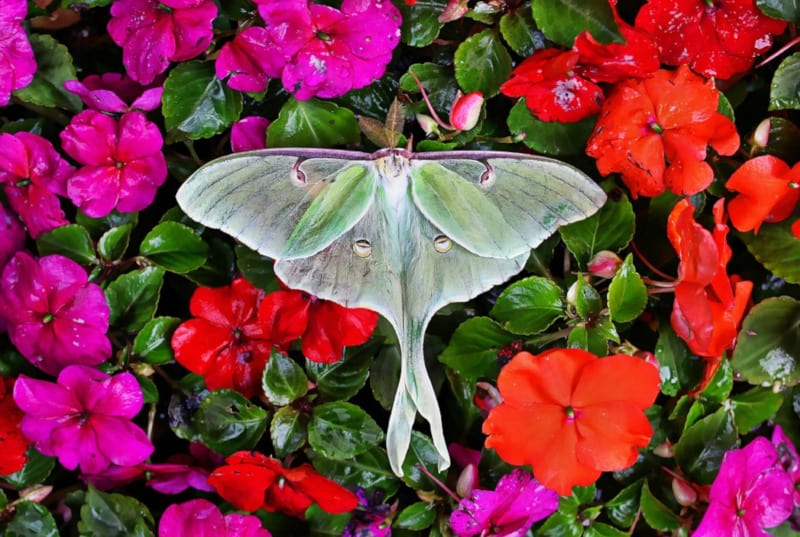

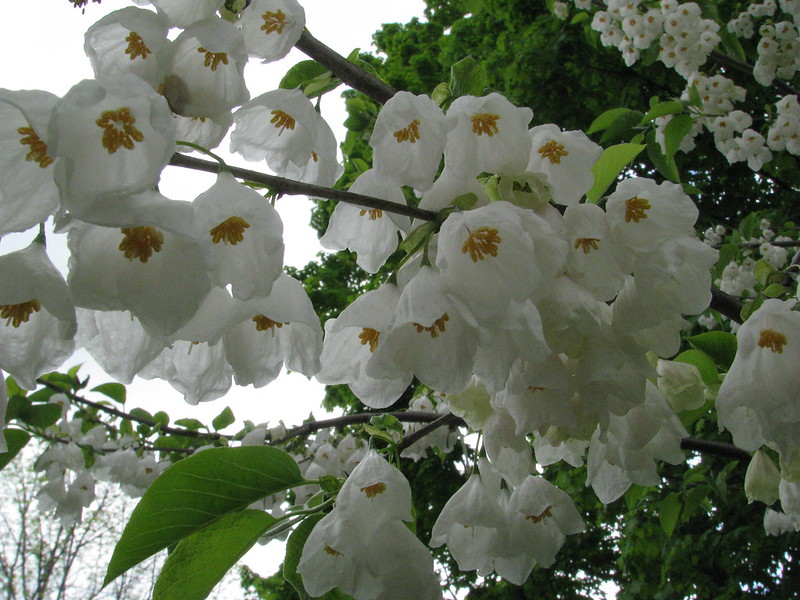
Check out our other articles on 7 Stunning European Flowering Plants, Red Crested Tree Rat, Bloody Hell Pond, White Spotted Puffer, Black Rain Frog, Queen Alexandra Birdwing, Green Iguana
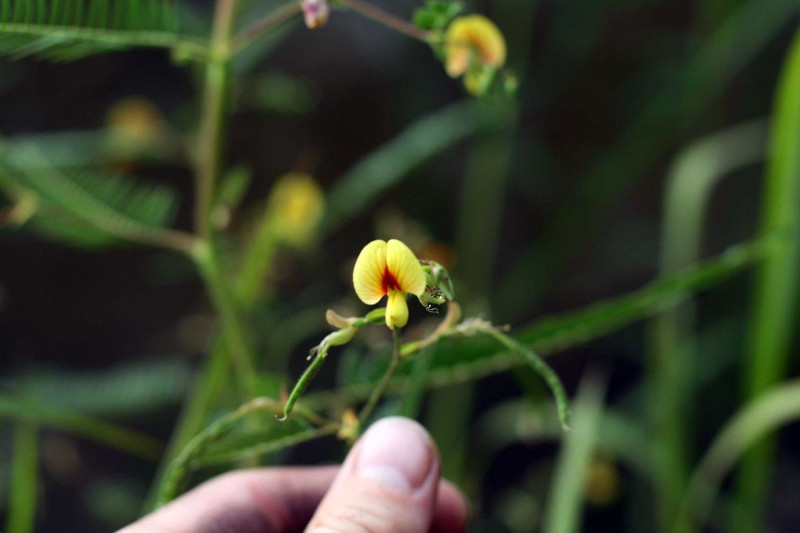
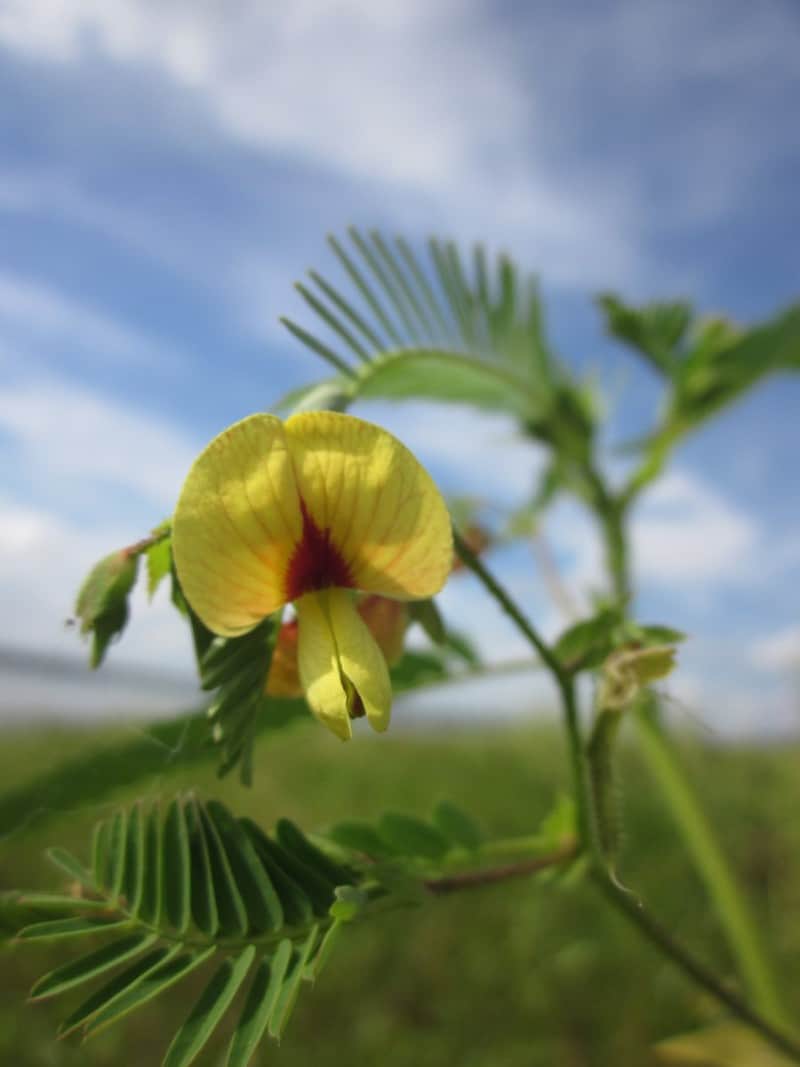









I live in south central Ohio and I have a these. Came up by themselves…for several years now. Thought it be a mimosa tree but never have seen a yellow one. Started researching and sure this is what I have. Sending pics. Thanks
Sorry….it won’t let me send a pic😢
Hello Rosalyn!
Thank you for your comments. They are remarkable plants. We hope that you enjoy them!
Sincerely,
OBP